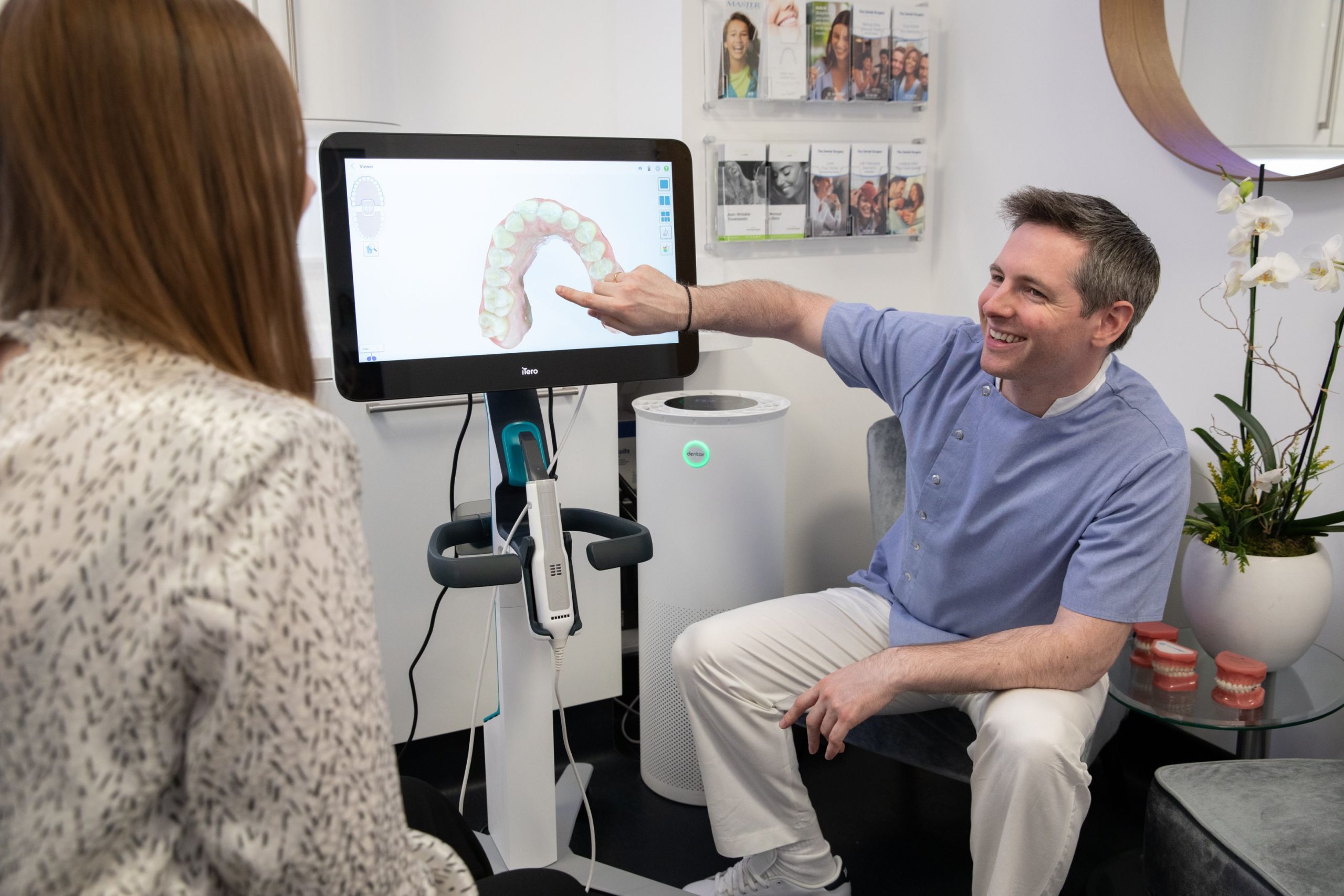- Categorised as:
- Dental Hygiene
- General Dentistry
- Periodontics
10 Mistakes You Make While Cleaning Your Teeth
Brushing your teeth twice a day will keep them clean and avoid dental health issues – right?
Not necessarily. Merely brushing your teeth doesn’t guarantee you rid your mouth of bacteria and plaque build-up.
In this post we look at some of the mistakes you might be making while brushing your teeth. Do any apply to you?
1. Not brushing long enough
This is a classic offense – we recommend you brush your teeth for 2 minutes, twice a day. That’s 2 minutes before you go to bed and atleast one other time during the day. According to the Academy of General Dentistry, the average person brushes their teeth 45 to 70 seconds per day, that’s 23 to 35 seconds if they brush twice a day, which is less than half the recommended time! We had a look at the impact of brushing your teeth for the recommended 2 minutes versus a much shorter period, have a look at the results in our video here.
It could well be that you struggle to tell how long you’re brushing when you do, if you’re using a normal toothbrush then you can use the timer on your phone, a clock or a small hourglass. Most electric toothbrushes “buzz” at 30 second intervals, that way you can divide your mouth into 4 areas, top to bottom left to right, and spend 30 seconds on each section.
Which leads to…
2. Rinsing your mouth after brushing
A common mantra our hygienists repeat is “Spit don’t rinse” after brushing your teeth (that includes rinsing with water as well as mouthwash). When you rinse your teeth, you wash away the fluoride and enamel-protecting properties of the toothpaste.
This is often a tricky habit to become accustomed to but like any new routine, the longer you stick with it the easier it will become.
While we’re on the topic of toothpaste, you may be…
3. Using the wrong toothpaste
Although there is no single “best” toothpaste for every person in the world be sure to check that your toothpaste contains fluoride, and make sure it has enough – for adults this is between 1,350 to 1,500 parts per million which reads as ppm on the tube. Fluoride is key in helping prevent tooth decay.
If you are choosing vegan alternatives for toothpaste, again make sure that this contains fluoride (there are many vegan and eco-friendly toothpastes that do, such as the Humble range which we stock).
Brushing, brushing, brushing…
4. Brushing at the wrong time
The first thing you want to do after you’ve been ill is reach for a toothbrush to get rid of the taste in your mouth. Don’t! The acid from being ill, also from drinking or eating acidic foods (think of your morning juice), gets rid of the protective layer of saliva normally on your teeth, and this causes brushing to be more abrasive on the teeth. We recommended waiting 30 minutes before brushing to allow this layer to recover (you can rinse your mouth out with water or mouthwash to get rid of the taste instead).
On the other end of the scale of brushing at the wrong time, is not brushing at all. A study by the British Dental Health Foundation found that 28% of Britons admitted to not brushing their teeth once in every 24 hour period and 1 in 7 people said they sometimes went more than two days without cleaning their teeth! Your night time clean is the most important so you can remove the deposits which have built up from eating and drinking during the day, as well as removing bacteria which is the cause of both tooth decay and gum disease.
5. Brushing too hard
Using the wrong technique when brushing, paired with a heavy hand, can cause wear on your teeth and potentially lead to receding gums. Brushing harder will not leave your teeth cleaner. A lot of electric toothbrushes have a sensor that will flicker a light if you are brushing too hard.
You want to brush at a slight angle, rather than square to the teeth, and focus on each tooth (tooth by tooth) instead of a side to side scrubbing motion. Here’s a demonstration from one of our hygienists.
6. Using the wrong toothbrush
Manual versus electric? The debate rages on… One thing we have noticed is that it’s very tricky to clean wisdom teeth with a manual toothbrush so often people will skip the back of their mouth because of this, however an electric toothbrush can clean wisdom teeth much better without requiring you to move your actual brush too much.
An electric toothbrush can also tell you if you’re applying too much pressure on your teeth and gums and give you a little alert so that you know you’ve brushed your teeth long enough.
Whether electric or manual, take care on choosing your bristles. These should be soft or medium instead of hard – you want to clean your teeth gently, without damaging your teeth and gums. The same goes for the size of the brush, a larger brush head is not necessary as you want to cover the surface of one tooth at a time (to make sure you clean each tooth effectively), not all of your teeth at once!
7. Using an old toothbrush or toothbrush head
Your toothbrush won’t be as effective as it should be if the bristles are worn. Change your toothbrush or toothbrush head for manual toothbrushes every 3 months – think of it as changing every time the season changes if you can’t remember the date you started using it.
It’s also important to change your toothbrush if you have been ill, bacteria grow on your toothbrush and a fresh brush can prevent you from infecting yourself again.
Be the boss of your floss…
8. Flossing only the front of your teeth
Some people floss only the teeth they can reach instead of inbetween all of their teeth. Flossing is not just about removing food but removing the fine plaque and biofilm between teeth and gums, this is the damaging stuff which leads to cavities and gum disease.
9. Not using interdental brushes
Where possible, we recommend using an interdental brush along with floss. While floss can reach between the gums, if used properly, you still need an interdental brush to clean the sides of your teeth, which is a spot that your toothbrush and floss may be missing.
10. Replacing flossing with brushing or mouthwash
A “floss action” toothbrush head is not a substitute for flossing! This won’t reach between the teeth just like any other toothbrush head. And mouthwash won’t get rid of plaque, it’s just like throwing car wash at a car and not scrubbing it clean!
Although the above are general “mistakes”, oral hygiene advice may differ from person to person as it’s dependent on a number of factors relating to the individual (such as their lifestyle, genetics and current oral health). It’s best to see a dental hygienist regularly who will be able to demonstrate techniques and provide you with tailored recommendations for your oral health care at home – and they will be able to look after your teeth and gums in a way you can’t at home!
We hope this has brought you a bit closer to getting your TDS Smile.
Do you have a specific question?
Get in touch with us today.



